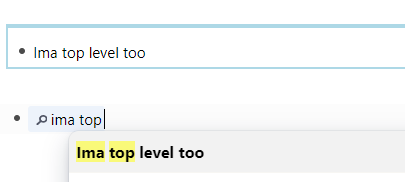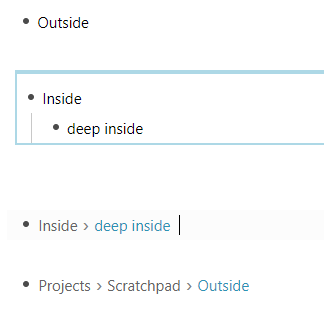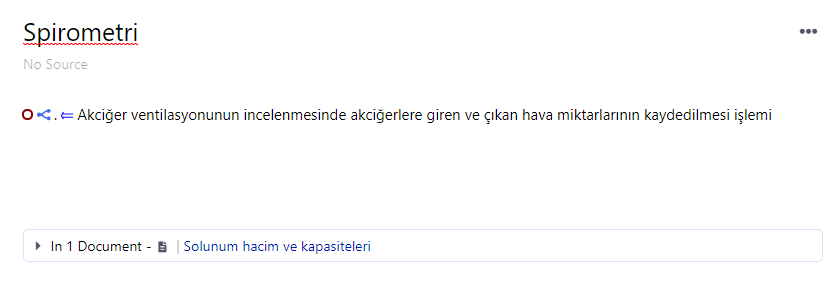I think a viewer that showing all the top level rems would be great because it’s disappearing now
What do you mean, exactly? A top level rem created by reference has a #stub tag, and obviously documents have #document. Do you propose a separate tag for those rem that you have removed the above tags from?
there are completely hidden Rems that don’t have any tags sometimes
Like this:
the only way to get to this rem is to know its name
#stub is not added to rems created by (pasting a) tag. Maybe this is a bug.
But I also expect new users that don’t know what this tag is for to remove it and then forget about the rem and never find it again.
Seems like a definite bug, since that is the whole purpose of the stub tag (catch loose rem and give the option to place them in context or remove the stub), isn’t it?
Also the stuff we put inside the portals are top level Rems too. Once we create something inside a portal and forget its name, it will be hard to find it once again

Maybe I’m just thick, but what exactly is happening here? If you create a rem in a portal that links to another rem, it’s obviously created in the linked rem, but where is the one in your screenshot created? Is it the case that the top level is just the default place to create new rem, so it knows to place it there if in doubt? And what is that empty portal even linking to?
In that screenshot, Ima top level too exist only inside the top level ‘space/scope/document’. You can think of that particular portal as a portal to the top level scope. All the references that are created on the fly ( those tagged with Stub) have their actual Rems exist in the top level scope ( I think the reason is same as what you mentioned - when in doubt).
As you may know, the main use case of this empty portal is to remove unnecessary hierarchy as shown in this screenshot. The Inside is independent from hierarchy in which it exists. I used to put stuff inside these empty portals because otherwise the hierarchy would be too long. Later they improved how the hierarchies are displayed in the flashcard ( i.e. show the portion of the hierarchy above the current document as a single line) and from then onwards I stopped using these empty portals

Didn’t even know you could create an empty portal, I had assumed the intention was to create a portal search box or copy paste with ctrl+shift+e (for rearranging hierarchies with multiple portals or for creating practice queues for a part of a document/specific rem).
I have a couple of problems related to top level rem:
-
I regularly create stubs when, for example, I’m in a meeting (a name card with a clipped screen grab from zoom, for example), which I later move (in this example, to my people folder). I almost never remember to delete #stub. This isn’t a huge deal. I can always clean it up later.
-
a bigger problem is creating orphan rem by accidentally deleting a stub tag or document tag without moving the stub into a hierarchy. I’m not always sure how it happens. It would be interesting to find out how many of these orphan rem are hiding in my knowledgebase.
I wonder if a good solution would be to have a “clean up” utility (perhaps in settings) that would go through the entire knowledgebase to make sure non-document top level rem (and only non-document top level rem) had a stub tag. I could then search for stubs and deal with them appropriately (either categorize, delete, or revert back to regular text in their original context).
Maybe I’m being OCD about these orphans. I worry sometimes, though, that I’m losing some nugget I intended to categorize when I got interrupted…
Just linking this improvised viewer:
Nah, portals are an ingenious way to have embeds. I quite like it a lot!
- Anything you place into a portal becomes a Top-Level Rem (no parent on top of that)
- You can also pull anything from anywhere into a portal and place the portal anywhere, without altering the original hierarchy of the Rem.
- Best part is, the number of locations/ number of times a rem is placed in different locations using portals is also being tracked separately.
This is now in remnote!!
Thanks for adding this, it’s a great improvement.

